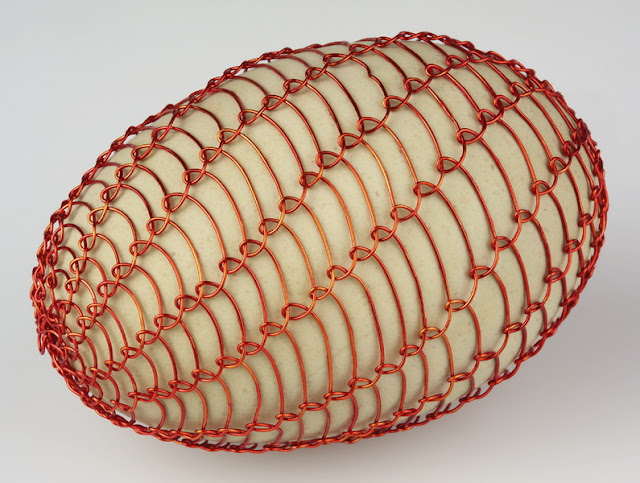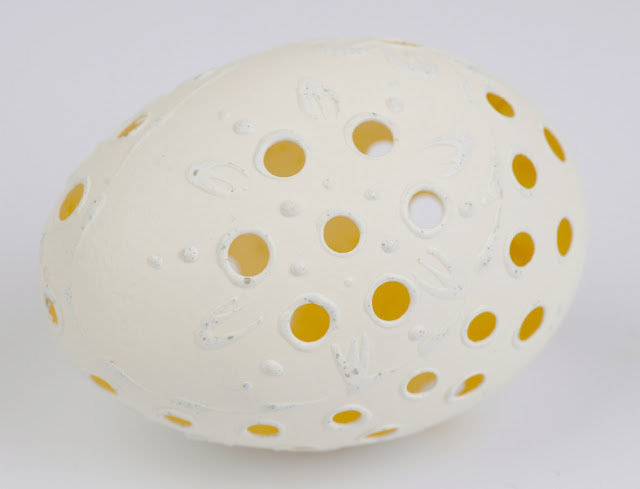I've been going through my library this morning, pulling out the books that featured Albert Hadley's work. In 1984 Architectural Digest included his Manhattan apartment in its book, Designers' Own Homes—seeing how a designer lives is perhaps the best way to understand their vision and personality. Below are a few images and quotes from the story. The photographer was William Steele.
"I can tell you that this apartment represents many years of accumulation... objects I've inherited, been given or have bought. But that was only a beginning. Now you can see what is left after a good deal of stringent editing. Here are the things that I feel comfortable with. One of the fascinating aspects of working in your own space is that over the years—once the initial pattern is set—individual pieces can be moved many times. And I like to think of life in the same terms: as an evolution, never as a static thing."
"I can remember my first apartment. It was all whitewashed, with brown felt sofas and horsehair chairs—and a black floor, of course. That was my no-color era. Then there was my Cecil Beaton period: all fine jewel colors. But gradually I evolved until I had enough self-knowledge to admit that I really preferred the happiest and most unforced of tonal values. In short, I am very much in favor of natural colors."
"The architecture of space seems to me critical. Furniture must be placed in such a way that these dynamics are respected. Successful design depends on being honest with the basics of a room. That isn't to say I don't try to improve a bad situation, but it doesn't seem to make any sense to try to transform a traditionally shaped room into a modern one. Still, there is more to good design than just making a room agreeable by filling it with fabrics and furniture. That would only be cosmetic. I'm fond of saying that 'design is total, decoration is embellishment.' To achieve the former, an intellectual eye is necessary."
"It does really come down to being truthful, doesn't it? And it is so difficult to be completely honest with ourselves: I think we all want to do something that is radical and different, but that temptation should be overcome. What must be expressed is the strong thread of continuity in the pattern of life—that and our own particular preferences."
"I can tell you that this apartment represents many years of accumulation... objects I've inherited, been given or have bought. But that was only a beginning. Now you can see what is left after a good deal of stringent editing. Here are the things that I feel comfortable with. One of the fascinating aspects of working in your own space is that over the years—once the initial pattern is set—individual pieces can be moved many times. And I like to think of life in the same terms: as an evolution, never as a static thing."
"I can remember my first apartment. It was all whitewashed, with brown felt sofas and horsehair chairs—and a black floor, of course. That was my no-color era. Then there was my Cecil Beaton period: all fine jewel colors. But gradually I evolved until I had enough self-knowledge to admit that I really preferred the happiest and most unforced of tonal values. In short, I am very much in favor of natural colors."
"The architecture of space seems to me critical. Furniture must be placed in such a way that these dynamics are respected. Successful design depends on being honest with the basics of a room. That isn't to say I don't try to improve a bad situation, but it doesn't seem to make any sense to try to transform a traditionally shaped room into a modern one. Still, there is more to good design than just making a room agreeable by filling it with fabrics and furniture. That would only be cosmetic. I'm fond of saying that 'design is total, decoration is embellishment.' To achieve the former, an intellectual eye is necessary."
"It does really come down to being truthful, doesn't it? And it is so difficult to be completely honest with ourselves: I think we all want to do something that is radical and different, but that temptation should be overcome. What must be expressed is the strong thread of continuity in the pattern of life—that and our own particular preferences."
For the designer's New York Times obituary, click here.









































